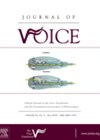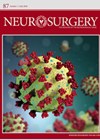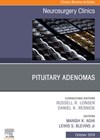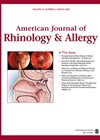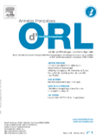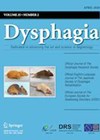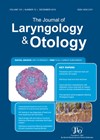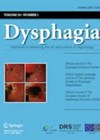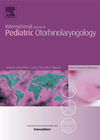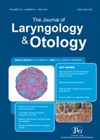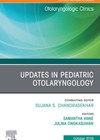
Journal Reviews
Patient positioning for transnasal flexible laryngoscopy
The position of a patient’s head during flexible nasendoscopy to visualise the larynx does not usually require much consideration – adequate views are almost always obtained with a patient sitting in a neutral position. Occasionally however, there will be patients...
Preoperative prediction of pain outcomes in patients with trigeminal neuralgia
The authors of this retrospective study have developed a preoperative trigeminal neuralgia (TN) grading system for the preoperative prediction of long-term pain relief after microvascular decompression (MVD). Patients who had become refractory to or developed toxicity to carbamazepine or oxycarbamazepine...
Prolactinomas: when to operate
Prolactinomas are the most common functional pituitary adenomas, comprising 40% of all pituitary adenomas. There are consensus guidelines and several common management pathways. This article discusses the role of surgery for these patients. Following diagnosis, the goals of treatment are...
How to manage the concha bullosa in FESS
It is an interesting concept to assess how much impact the presence of a large concha bullosa (CB) has on both severity of chronic rhinosinusitis (CRS) and also postoperative outcomes after FESS. The authors accept that the paper has limitations...
COVID-19 and medical practice
The pandemic has deeply affected all types of medical and surgical practice and even publications. In this issue, the lead article was on the French consensus on ENT practice during the pandemic. In ENT practice, both patients and health workers...
Telepractice for the delivery of paediatric feeding services
During the current COVID-19 pandemic, telepractice is being heralded as the safest service delivery mode for the majority of outpatient consultations. Patients are reviewed by their healthcare specialist through video consultations, thus avoiding the need for patients to leave their...
Is canal wall down with obliteration a useful compromise between canal wall up procedure and open mastoid cavities?
Controversy has raged for many years between open mastoid cavity procedures and canal wall up techniques in terms of postoperative recidivism and ear discharge. It is generally believed that canal wall up procedures can miss hidden cholesteatoma but preserve useful...
Increasing tongue strength to reduce dysphagia: what is the potential benefit of a device driven exercise?
Weakness in tongue muscle strength and laryngeal elevation is known to have an adverse impact on swallowing function. Various swallowing exercises are often recommended to improve function of these important structures with the goal of preventing aspiration and improving swallow...
Reasons for attending annual hearing aid review appointments
The aim of this study was to investigate what factors influence hearing aid users’ decision to attend or not attend an annual hearing aid review (HAR) appointment. Two separate surveys were created for attendees and non-attendees. An invitation letter was...
The effects of paediatric tracheostomy
Paediatric tracheostomy is usually an essential procedure to preserve life, or to allow a patient to function in the community. However, the effect of tracheostomy on the developing child - care requirements, lack of voice, impaired swallow, constant risk of...
A cost reducing protocol for magnetic resonance imaging in patients suspected to have acoustic neuroma
Magnetic resonance imaging is the ‘gold standard’ for screening patients suspected to have an acoustic neuroma. However, inappropriate referrals for imaging are not helpful, especially with the growing need to reduce costs. In this study the authors compared two audit...
What to do if adenotonsillectomy does not cure sleep apnoea in children?
This article reviews the management of children with persistent obstructive sleep apnoea (OSA) following adenotonsillectomy (AT). Risk factors for patients to have persistent disease include obesity, being Afro-Caribbean and existing co-morbidities such as craniofacial and neuromuscular disorders. Initial assessment of...

